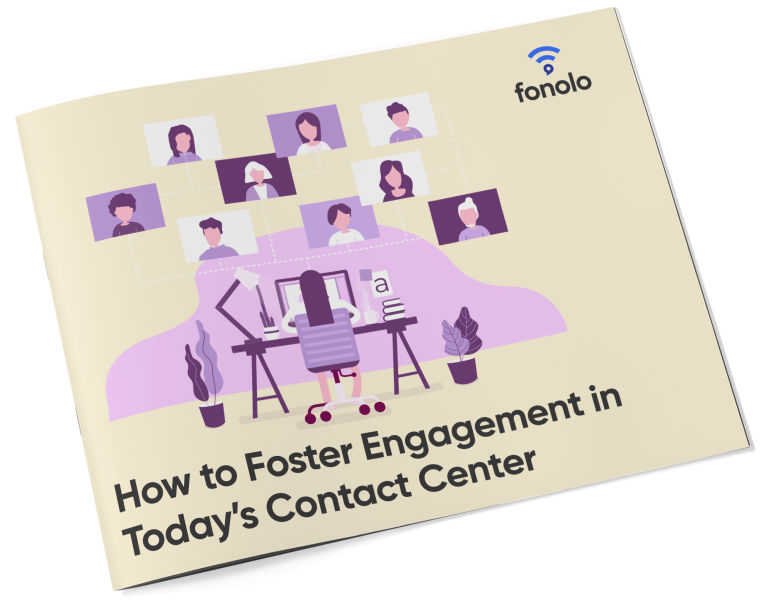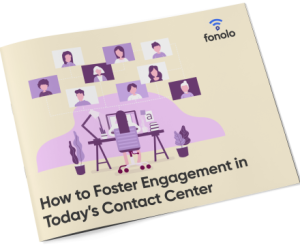Over the past couple of years, inclusivity in hiring has taken center stage in HR departments across every industry; and that includes inclusive hiring practices for call centers. More than ever, employers are recognizing how important it is to have an individual or a hiring team that’s dedicated to maintaining high Diversity, Equity, and Inclusion (DEI) standards. Diversity is great for employees and businesses, too. Let’s take a closer look.
What does DEI really mean?
University of Toronto professor George Dei said: “Inclusion is not bringing people into what already exists; it is making a new space, a better space, for everyone.” This logic is the driving force behind every successful DEI plan and it also helps steer inclusive recruitment and hiring practices that really work. Inclusion initiatives should start with the mission to understand employees’ individual needs, based on their life experience. We all know that life experiences are dramatically different from one person to another. Some of the factors that impact our life experience include race, gender, sexual preference, class, religion, culture, and physical and cognitive ability.
What are Inclusive Hiring Practices?
Inclusive hiring practices are a set of recruiting processes that businesses put into place to ensure they’re hiring diverse candidates. These recruiting and hiring practices are aimed at recruiting people with different perspectives, backgrounds, knowledge, and diverse talents by reducing the potential for unconscious bias during the application and interview stages.
FACT:
The University of California San Francisco’s Office of Diversity and Outreach defines unconscious bias as social stereotypes about certain groups of people that a person forms outside of their conscious awareness. Every individual has different unconscious biases they must recognize and unpack. These implicit biases can deeply impact the way employees are hired, promoted and supported throughout their careers.
Why are These Recruitment Processes Important?
When it comes to business, having a diverse team means more success for everyone! Research proves that diversity in the workplace and inclusive work environments lead to higher levels of innovation, engagement, productivity, overall performance and agent retention. No matter how you look at it, employing inclusive hiring practices for your business is the right thing to do.
DID YOU KNOW:
A diverse call center team also tends to represent the customer base more thoroughly, which can lead to improved customer interactions and better customer satisfaction scores, too.
Top 6 Inclusive Hiring Practices for Your Call Center
Now that we’ve covered some of the basics, here are our top 6 inclusive hiring practices you should start using at your contact center right away.
1. Make a plan that defines what DEI looks like at your organization.
In addition to taking the basic steps we’ve mentioned above, it’s important to write out what DEI means for your specific call center. Every business’ plan will be unique to their own needs and the needs of their employees. For example, a remote contact center’s DEI plan will be distinct from a hybrid center’s in terms of accessibility and accessible technology. Though the end goal should be the same—to provide a safe and equal workspace for every employee—the way your call center gets there will be entirely unique.
It’s also important to assess your current level of diversity. Are you in a good spot or do you need major improvements when it comes to diverse hiring? If major improvements are on the table, think about what brought you to a lack of diversity in the first place? Answering this question is your first step to being able to make significant change.
2. Focus on writing inclusive job postings.
Be sure to use gender-neutral language in your job posting when describing the candidate your company is seeking; use they or them instead of he or she. You should also keep any text legible without bolding, italics, or other formatting that could be difficult to read. Finally, make sure you emphasize the responsibilities that accompany the job, rather than requirements that could be limiting. Only add in a degree or diploma requirement if it’s essential.
3. Update your website and employer image.
Take a careful look at your employer branding and remember, the way your company is portrayed online speaks volumes to potential employees about whether they’ll feel welcome and safe working within your organization. Any lifestyle imagery should include a variety of individuals that represent as many different backgrounds as possible. Also, make sure your website is legible and accessible to all visitors. Do a quick Google search for accessibility checkers—they’ll give you a glimpse into the type of design changes you should make to ensure people with different abilities can properly navigate your site.
4. Consider removing candidate names from resumes.
An easy way to reduce the level of unconscious bias that goes into the interview selection process is to remove names from resumes before they’re reviewed by managers. This allows your staff to take a more objective look at someone’s skills without any personal connection to who they are, outside of their professional experience.
5. Diversify your interview panel.
Make sure the people who are doing the hiring reflect the diverse talent you would like to hire. That may mean diversifying your interview panel, HR team, leadership and board members.
6. Ask your employees about their experience with inclusion in the workplace.
The key to a successful diversity and inclusion plan is to create both personal and anonymous feedback opportunities for current employees. Although frequent personal check-ins are an excellent way to make employees feel cared for and respected at their place of work, offering team members the opportunity to submit anonymous feedback via online surveys is essential to making significant change.
TIP:
Anonymous surveys give employees the space to voice concerns without fear of reprisal. It can be hard to tell the people who you work for that they need to improve certain aspects of the company, but no one knows your workplace better than the people who work there!


